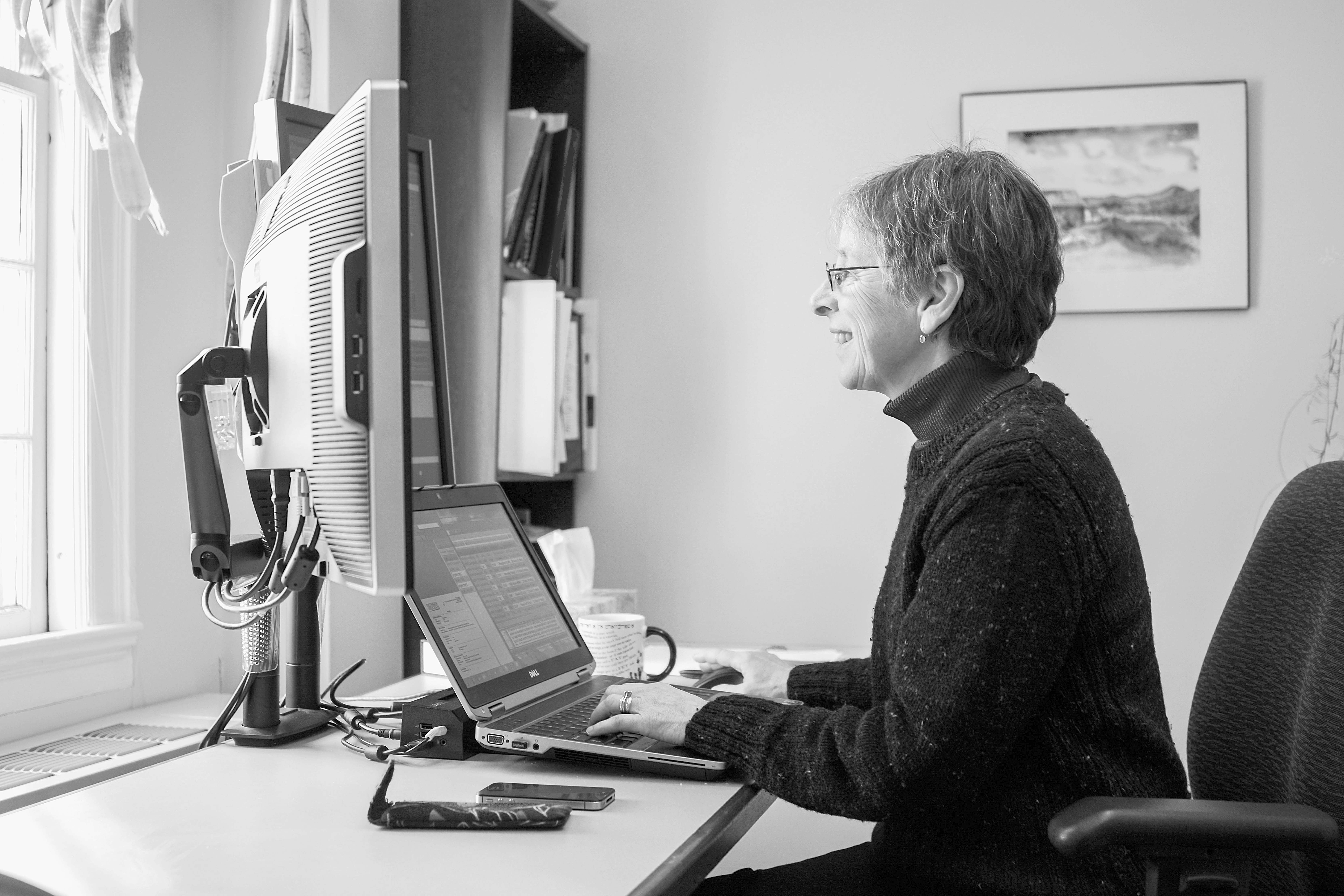

Amherst College has accepted 13.7 percent of applicants to the class of 2019, according to the Office of Admission. The college received a record 8,566 total applications this year, accepting 1,006 applicants via regular decision and 170 via early decision.
Applications to Amherst rose by 1 percent from the previous year, making the class of 2019 Amherst’s largest applicant pool ever, albeit narrowly. The previous record was from 2012, when the Office of Admission received 8,565 applicants for the class of 2016.
Dean of Admissions and Financial Aid Katie Fretwell emphasized the Admission Office’s commitment to diversity.
“The Admission and Financial Aid staffs have worked carefully to promote Amherst’s belief that the best and brightest candidates can be found in every quarter, from every background, from all kinds of schools and families,” Fretwell said. “Our recruitment efforts and financial aid policies support our ambition to enroll the most talented candidates regardless of their financial background, to make Amherst affordable through a generous and need-based financial aid program.”
This year, Amherst 55 percent of accepted applicants identified as American students of color, the highest proportion in the college’s history. Additionally, 53 percent of admittees identified as women. The college accepted students from 49 states (excluding North Dakota) and 46 foreign countries, as well as one stateless applicant. One hundred and three admitted students are non-U.S. citizens, and 98 are dual citizens of the U.S. and another country.
“We experienced significant growth in the number of non-U.S. candidates seeking admission this year. Interest from international students grew by more than 9 percent, reflecting Amherst’s expanding reputation and our truly rare position as one of the nation’s six institutions of higher education that is need-blind in its consideration of non-U.S. citizens,” Fretwell reported.
The admitted students come from a wide range of backgrounds. 17 percent were first-generation college students, while 7 percent were children of Amherst alumni. 66 percent attended public high schools, 30 percent attended private schools, three percent attended parochial schools, and four admitted students were homeschooled.
Fretwell also noted the exceptional academic achievements of the admitted class. Of those whose class rank was calculated, 91 percent were in the top decile of their graduating high school class; 156 were valedictorians and 217 were National Merit Semi-Finalists. The average SAT composite score for accepted students was 2,210, up 15 points from last year, while the average ACT composite score of 33 was a one-point increase from last year.
The composition of the new group of students coming to Amherst next year is far from complete. Students admitted by regular decision have until May 1 to decide whether to enroll at Amherst. At that point, the Office of Admission will admit approximately 20 of those applicants who have been placed on the waitlist and expressed continued interest in applying. According to Fretwell, around 500 applicants are expected to accept their spot on the waitlist.
“We will give special attention to active wait list candidates who might support our efforts to balance the class composition,” she said. “Our hope is to conclude any wait list activity by July 1.”
The application process for this year was essentially the same as the previous year, when, for the first time, the process was entirely paperless and students could submit a graded paper for the Common Application supplement.
The Office of Admission more generally looks for students who “make the most of their opportunities, both in their formal learning environments and in their communities,” Fretwell said.